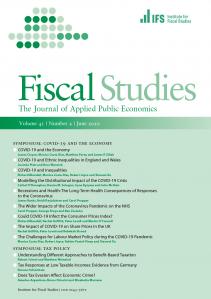Comment
This morning the Office for National Statistics announced that CPI inflation rose to 0.9% in the year to October, down from an inflation rate of 1.0% in the year to September but still substantially up from 0.6% in the year to August. The Bank of England expect inflation to rise further, to 2.4% in 2017 and 2.8% in 2018 – considerably higher than the 1.5% and 2.1% expected back in May. Most of this forecast increase is driven by the recent devaluation of the pound, which pushes up the price of imports. In this Observation we look at how the overall 2.5% increase in the price level which is likely to result from sterling’s decline since the June referendum will affect the prices of different goods. We then look at whether this is likely to have a bigger effect on poorer or richer households.








































